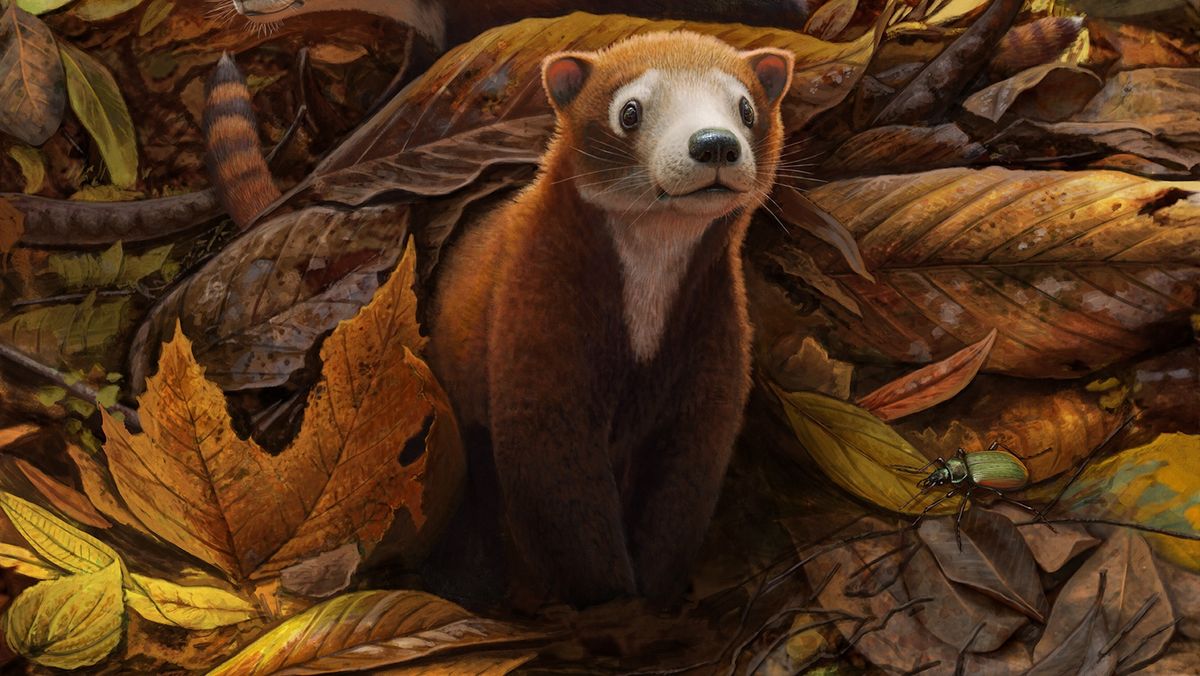Researchers in Colorado have discovered the fossilized skull of a tiny, now-extinct mammal that lived around 65 million years ago, in the aftermath of the dinosaur-killing asteroid strike.
The newly identified species, Militocodon lydae, was around the size of a chinchilla and weighed up to 1 pound (455 grams), yet it was part of a group that likely gave rise to modern hoofed mammals, such as cows, deer and pigs.
M. lydae helps researchers understand how mammals evolved into different forms after nonavian dinosaurs disappeared during the Cretaceous-Paleogene (K-Pg) mass extinction event 66 million years ago.
“Rocks from this interval of time have a notoriously poor fossil record, and the discovery and description of a fossil mammal skull is an important step forward in documenting the earliest diversification of mammals after Earth’s last mass extinction,” Tyler Lyson, curator of vertebrate paleontology at the Denver Museum of Nature and Science, said in a statement.
Lyson and his colleagues documented their findings in a study published April 30 in the Journal of Mammalian Evolution.
Related: Final moments of dinosaur and mammal’s epic ‘mortal combat’ battle preserved by volcanic eruption
M. lydae lived around 65.43 million years ago, during the Paleocene epoch (66 million to 56 million years ago), about 610,000 years — not long, in geological terms — after the mass extinction at the end of the Cretaceous period.
The team identified M. lydae from skull and jaw fossils collected in the Corral Bluffs area near Colorado Springs in 2016 and 2020. The genus name, Militocodon, honors museum volunteer and retired teacher Sharon Milito, who discovered the first specimen in 2016. The species name, “lydae,” honors investor and philanthropist Lyda Hill, who supports the Denver museum’s post-K-Pg recovery research.
The team used high-resolution X-rays to create 3D reconstructions of the fossils as a part of their analysis. M. lydae belongs to the Periptychidae family, and its teeth are similar to those of other periptychids, according to the study.
Researchers still have a lot to learn about periptychids and other Paleocene mammals. However, M. lydae appears to be an intermediate form between some of the early members of the group.
The teeth of M. lydae fit in evolutionary terms between the more ancestral Mimatuta genus and the more recent Oxyacodon genus. The researchers demonstrated this in the study by lining up diagrams of a tooth from each genus.

